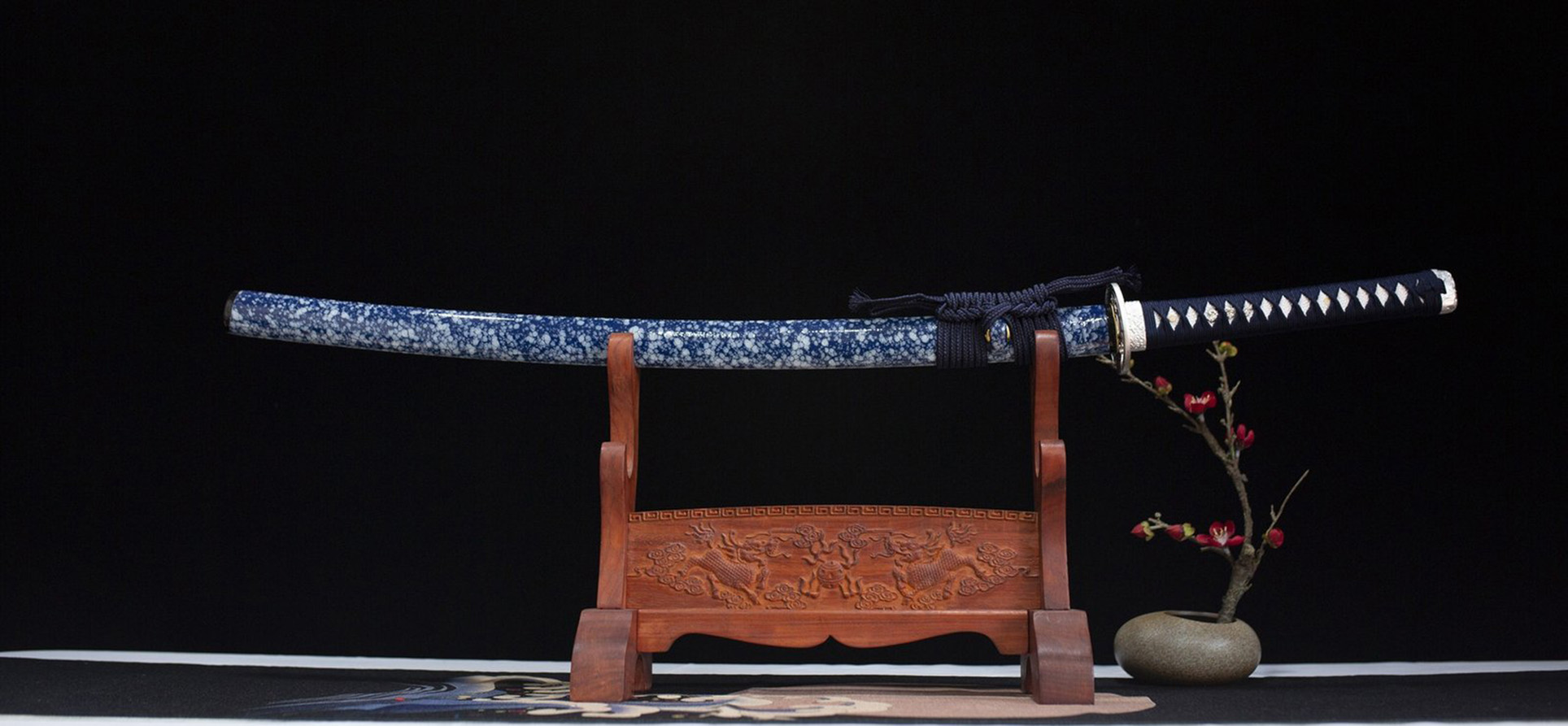FAQs
Frequently Asked Question
Here you can quickly find answers to your questions

Coupons & Discounts
Q1: How can I get a coupon?
Email subscription: 10% off your first order.
Holiday promotions: Black Friday, Christmas, etc.
Order value: Spend ≥ US$1,000 to receive a US$100 voucher.
Social media: Follow us on Instagram, Facebook, or TikTok for flash codes.
Birthday gift: Registered users receive a US$50 code during their birthday month.
Frequently asked questions
A: A samurai sword (katana) is the quintessential Japanese edged weapon, celebrated for its gracefully curved blade, razor-sharp edge, and time-honored forging techniques. Beyond its battlefield role, the katana embodies Japan’s cultural heritage and Bushidō spirit. Today, collectors and martial artists alike prize it as a harmonious blend of art and functionality. Our katanas are hand-forged by master craftsmen who highlight the steel’s hada (grain) and hamon (temper line), ensuring both historic authenticity and modern durability.
A: Prices vary widely depending on materials, craftsmanship, and provenance:
Entry-level reproductions (modern steel, simplified forging): US$100–US$1,000
Traditional hand-forged katanas (full forging process, high-carbon steel): US$5,000–US$50,000
Antique or signature artisan pieces: tend toward six figures, influenced by age, maker, and rarity
High-end costs reflect scarce premium steels (e.g., tamahagane), labor-intensive multi-stage folding, and the limited output of master swordsmiths.
Consider three factors:
Purpose
Display/collection: emphasize ornate grain and fittings
Martial practice: choose high-toughness steels (e.g., 1095, T10) and robust geometry
Forging method
Hand-forged (distinct hada and hamon) vs. machine-made
Budget
Beginners should target $300–$800 for a balance of quality and affordability
Look at four key details:
Steel: high-carbon steels (1095, T10) vs. low-grade stainless
Blade finish: clear, wavy hamon and fine hada vs. shallow or printed patterns
Fittings: genuine copper or gold-plated tsuba, tight tsuka-ito (handle wrap)
Forging: true folding and differential hardening vs. stamped or cast blades
(Only for swords designed with a habaki and unbroken hamon.)
Use a proper uchigumori or Japanese waterstone.
Maintain a consistent 15°–20° angle; sharpen in one direction only.
After every 10 strokes, inspect the hamon for evenness.
⚠️ Warning: Amateur sharpening risks irreversible damage—professional service is recommended if you’re inexperienced.
Daily wipe-down: Gently remove fingerprints and dust with a soft cloth—no harsh chemicals.
Rust prevention: Apply a light coat of mineral oil (e.g., choji oil) to the blade after handling.
Handle & saya care: Wipe with a soft cloth; a dab of vegetable oil on the wooden parts helps preserve finish.
Storage: Keep in a dry, ventilated spot away from direct sunlight. Store vertically in a sword stand to avoid warping.
Inspection: Monthly check the tsuka-ito for looseness and the saya for cracks. Contact us at [email protected] for any repairs.
Yes! We offer fully bespoke service. Options include:
Blade steel (e.g., high-manganese steel, spring steel)
Blade length
Handle material (hardwood, ray skin, custom wrap)
Saya decoration (dragon, cherry blossoms)
Serial numbering and engraving
Email [email protected] with your intended use, budget, and design preferences. We’ll draft a proposal with timeline and pricing.

